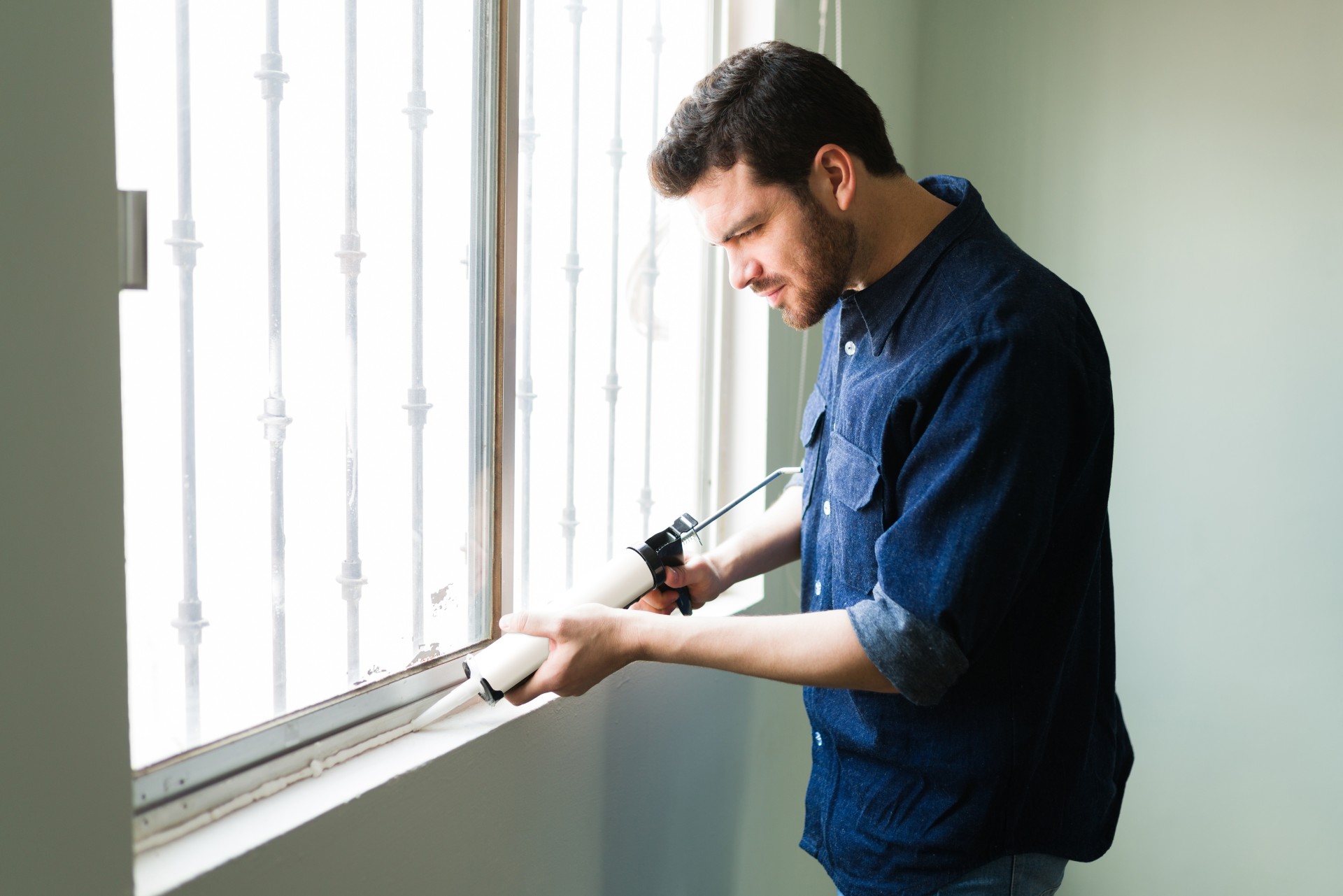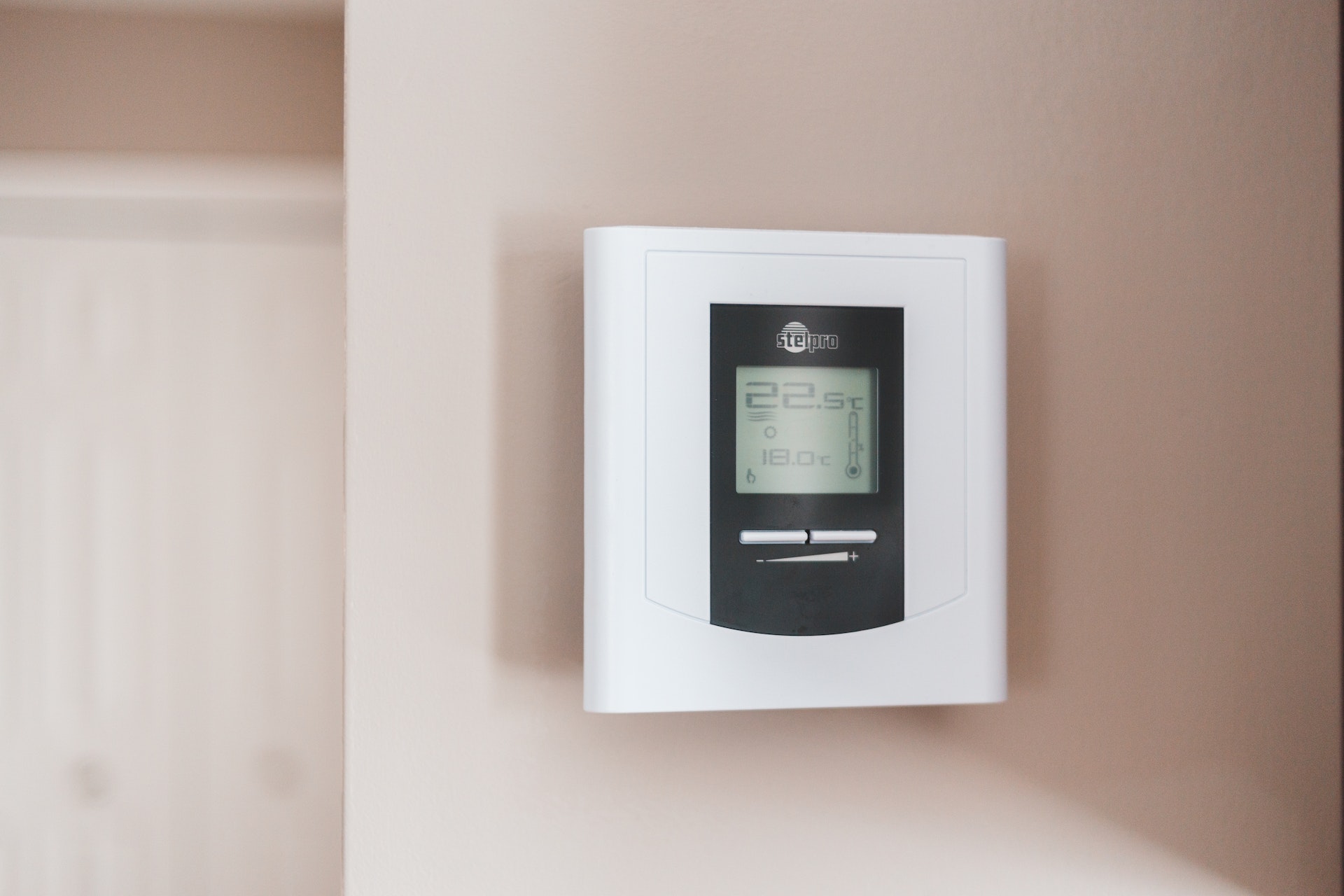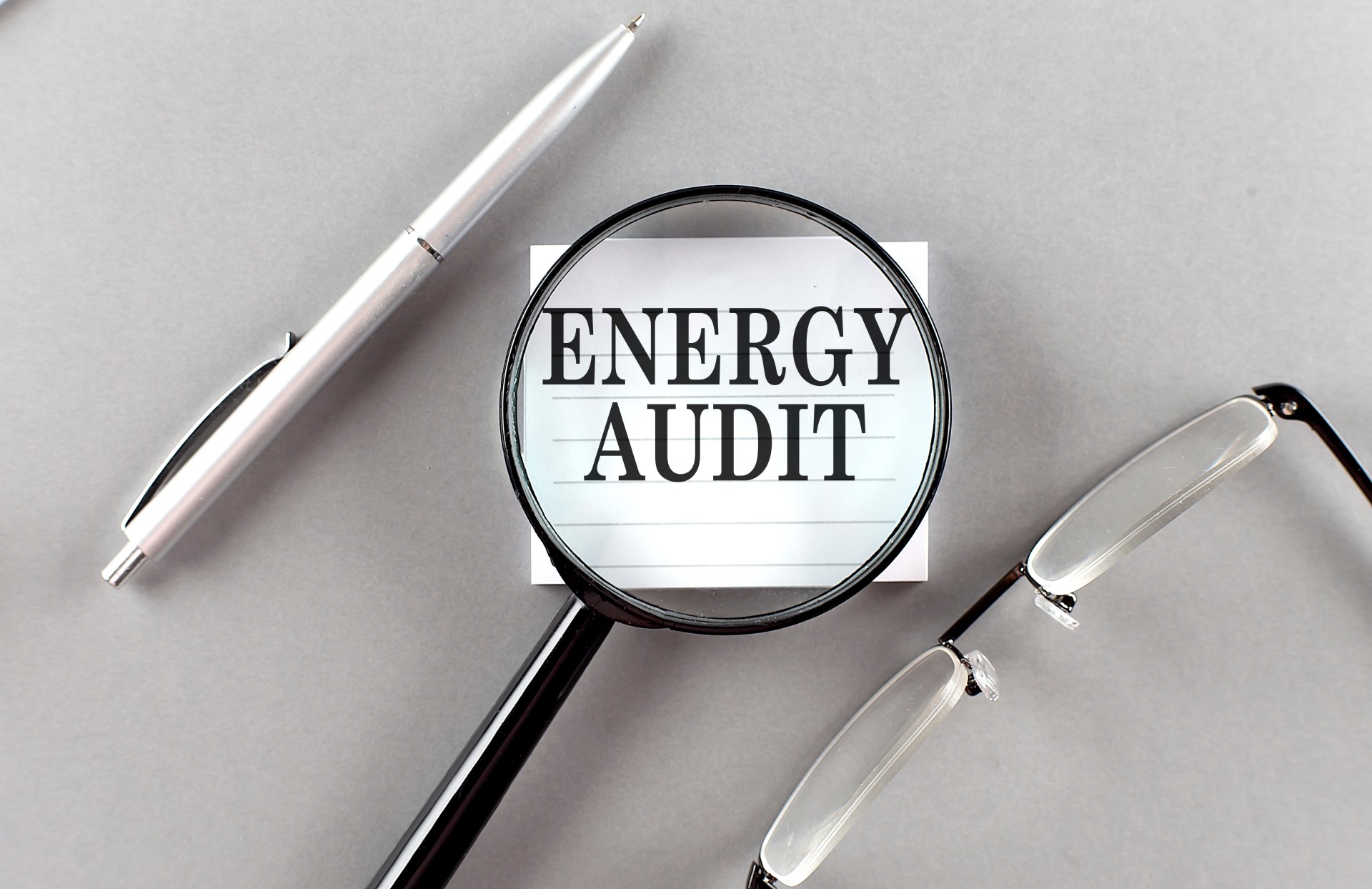Energy Efficiency Tips for Businesses Impacted by Uncertain Times

The world we now live in will change beyond recognition unless we radically change our attitudes towards energy use.
Using energy efficiently reduces business costs, reduces carbon emissions, and shows the public that a business cares about the environment. So why is it so difficult to convince companies to seriously consider their energy consumption and how to make it more efficient?
Many businesses and offices leave the lights on all night, while the computer system always turns on even when not in use, wasting energy and increasing costs. These problems are easy to solve - a short memo or meeting reminding people to turn off the lights and computers when they leave is a simple solution. Things like this can be the first step towards a change in attitudes and culture within a company.
Energy efficiency is essential to businesses as it can save them money on energy bills. Companies can reduce energy consumption and operating costs by using energy more efficiently. In some cases, businesses can also take advantage of government incentives or credits to improve their energy efficiency.
There are many different ways businesses can improve their energy efficiency and reduce costs, especially during times of uncertainty. This article will share some of the tips.
Have a look.
1. Invest in energy-efficient equipment and appliances:

Investing in energy-efficient equipment and appliances is a great way to reduce energy consumption and lower energy costs. Energy-efficient equipment and devices use less energy to perform the same tasks as their less efficient counterparts, which means they can save significant money on energy bills over time.
Some examples of energy-efficient equipment and appliances include:
● Energy Star-certified appliances: These appliances have been certified by the U.S. Environmental Protection Agency (EPA) as meeting high energy-efficiency standards.
● LED light bulbs: LED light bulbs use about 75% less energy and last about 25 times longer than traditional incandescent bulbs.
● Energy-efficient HVAC systems: These systems use advanced technology to deliver heating and cooling more efficiently, resulting in lower energy consumption.
● Energy-efficient office equipment: Many office equipment, such as computers and printers, are available in energy-efficient models that use less energy and can save money on energy bills.
By investing in energy-efficient equipment and appliances, businesses can not only reduce their energy consumption but also improve their environmental impact and potentially qualify for rebates and incentives.
2. Implement a power management system:

Setting computers and other equipment to automatically enter sleep mode when not in use can save significant energy. Implementing a power management system is another way that businesses can increase energy efficiency and reduce energy costs. A power management system is a software or hardware solution that helps a business monitor and control its energy usage.
By automating the process of turning off or decreasing equipment's power usage when it is not in use, a power management system can help a business reduce its energy consumption and lower energy costs. Several different types of power management systems are available, including those that focus on a specific type of equipment (such as computer servers) or those that manage energy usage across an entire facility. A power management system can ensure that equipment is available when needed, increasing productivity. Some power management systems can also detect and prevent unauthorized access to equipment, helping to improve security.
3. Use natural lighting:

Maximising the use of natural lighting can reduce the need for artificial lighting and save energy. Using natural lighting is a simple and effective way to reduce energy consumption and lower energy costs. Natural light can provide a pleasant and healthy work environment and help reduce the need for artificial lighting, which can save energy. Adding windows or skylights to a facility can increase the amount of natural light that enters the building.
Light-coloured walls and surfaces can reflect natural light, making a space feel brighter and more welcoming. Mirrors and other reflective surfaces can help to bounce natural light around an area, increasing the amount of light available.
By increasing the use of natural lighting, businesses can reduce their energy consumption, improve the quality of their work environment, and potentially lower energy costs.
4. Insulate and seal your building:

Proper insulation and sealing can reduce heating and cooling costs by preventing drafts and controlling the temperature inside your building. Insulating and sealing a building is a simple and effective way to increase energy efficiency and reduce energy costs. Poor insulation and air leaks can let heat escape in the winter and cool air escape in the summer, which can significantly increase energy consumption and costs.
Adding insulation to these areas can help to reduce heat loss in the winter and heat gain in the summer. Air leaks around doors, windows, and other openings can allow heat to escape and cool air to enter the building. Sealing these leaks can help to reduce energy consumption. Weatherstripping around doors and windows helps to fill gaps and prevent drafts, which helps reduce energy consumption.
By insulating and sealing a building, businesses can reduce their energy consumption, lower energy costs, and improve the comfort of their facilities.
5. Use a programmable thermostat:

A programmable thermostat can help you better control heating and cooling costs by allowing you to set specific temperature schedules. Using a programmable thermostat is a simple and effective way for businesses to increase energy efficiency and reduce energy costs. A programmable thermostat allows a business to set temperature schedules that align with its business hours, which can help to reduce energy consumption. By setting the thermostat to turn off or lower the temperature when the business is closed or not in use, a programmable thermostat can help to reduce energy consumption.
A programmable thermostat can help maintain a consistent and comfortable temperature in a facility, improving employee productivity and satisfaction. Many programmable thermostats can be controlled remotely, making it easier for a business to adjust the temperature as needed.
Several types of programmable thermostats are available, including those that can be controlled through a smartphone app or web browser. By using a programmable thermostat, businesses can reduce their energy consumption, lower energy costs, and improve the comfort of their facilities.
6. Encourage employees to conserve energy:

Encouraging employees to conserve energy is vital in increasing a business's energy efficiency and reducing energy costs. Companies can significantly impact energy consumption and costs by promoting energy-saving behaviours.
Providing employees with information about energy conservation and the benefits of reducing energy consumption can motivate them to adopt energy-saving behaviours. Establishing energy-saving goals for the business and encouraging employees to contribute to achieving those goals can help to create a culture of energy conservation. Businesses can demonstrate their commitment to energy conservation by adopting energy-saving practices themselves.
By encouraging employees to conserve energy, businesses can reduce their energy consumption, lower energy costs, and create a more sustainable work environment.
7. Conduct an energy audit:

Conducting an energy audit is a great way for businesses to increase energy efficiency and reduce energy costs. A 6 star energy rating service, more specifically an energy audit is an assessment of a building's energy use that helps to identify areas where energy is being wasted and suggests ways to reduce energy consumption.
An energy auditor will collect data on a building's energy use, including utility bills, equipment types and ages, and occupancy patterns. The auditor will look for areas where energy is being wasted, such as outdated equipment or poorly insulated areas, and will suggest ways to reduce energy consumption. The auditor will also use the data collected and the energy-saving recommendations to calculate the potential energy savings for the business and develop an energy saving plan of action. A business can then implement the recommended energy-saving measures to reduce energy consumption and lower energy costs.
By conducting an energy rating assessment, businesses can identify specific ways to increase energy efficiency and reduce energy costs, which can help to save money and improve the sustainability of their operations.


